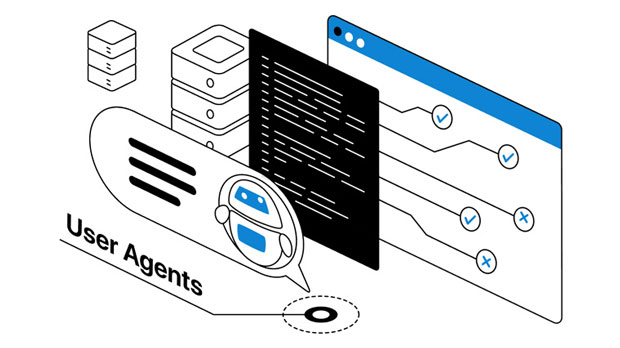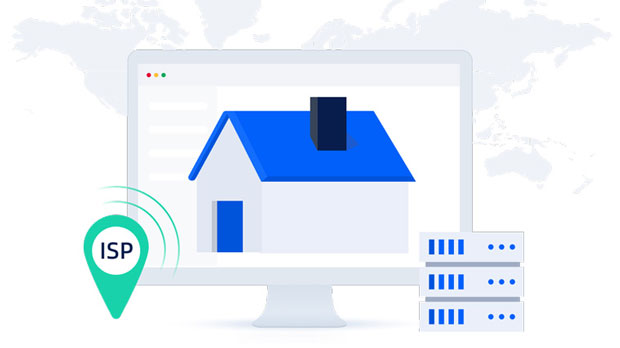In the fast-evolving world of web scraping and data extraction, proxy services play a vital role in maintaining anonymity, security, and efficiency. Among the various types of proxy services, the debate between using open-source tools like PYPROXY and commercial proxy platforms remains highly relevant. Open-source tools often boast greater flexibility and agility, allowing users to customize their systems according to specific needs. However, this flexibility may come at a cost. One of the most pressing concerns regarding open-source tools is their potential instability. This article aims to explore whether the agility of open-source tools inherently leads to instability, especially when compared to the more controlled environment of commercial proxy platforms. 1. Understanding PYPROXY and Commercial Proxy PlatformsTo begin, it is essential to understand what PYPROXY and commercial proxy platforms offer.- PYPROXY: PYPROXY is an open-source proxy tool that is particularly favored for its flexibility and customization options. Users can set up their own proxies, adjust configurations, and integrate the tool with other systems without relying on third-party services. The agility of open-source tools like PYPROXY allows users to create highly specialized solutions, which is appealing to tech-savvy users or developers with specific requirements. - Commercial Proxy Platforms: On the other hand, commercial proxy platforms are third-party services that provide users with ready-to-use proxies. These platforms offer more control over the stability and reliability of the proxies, as the platform providers are responsible for maintaining and updating the systems. While these services come at a cost, they provide users with an easy-to-use and stable solution for their proxy needs.2. The Agility of Open-Source ToolsThe primary appeal of open-source tools like PYPROXY lies in their agility. Agility, in this context, refers to the flexibility that users have to modify, adjust, and scale their proxy systems according to their specific needs. The advantages of this agility are numerous:- Customization: Open-source tools allow for a higher degree of customization, as developers can modify the source code to suit their specific use cases.- Cost-Effective: By eliminating the need to pay for third-party services, open-source tools often present a more cost-effective option, especially for small businesses or individual developers.- Scalability: Users can scale their systems according to their demands, adding or removing proxies as needed without the constraints imposed by commercial services.However, the very features that make these tools agile can also lead to potential instability.3. Instability in Open-Source ToolsWhile open-source tools offer great flexibility, they also carry the risk of instability, which can impact users in various ways:- Lack of Support: Open-source tools often lack the professional support that comes with commercial services. Users must rely on community forums, documentation, and their own troubleshooting skills to resolve issues. This can lead to delays or difficulties in fixing problems, especially for non-experts.- Frequent Updates and Changes: Open-source projects may not follow a regular update schedule, and some may become inactive or unsupported over time. This lack of consistency can lead to bugs, security vulnerabilities, and compatibility issues.- Reliability Issues: Since users are responsible for maintaining their systems, there is a higher chance of misconfigurations or performance issues, which can lead to an unstable proxy service.Despite these risks, many users find that the benefits of customization and cost-effectiveness outweigh the drawbacks.4. The Stability of Commercial Proxy PlatformsIn contrast to open-source tools, commercial proxy platforms are designed to offer a higher degree of stability. These platforms provide users with a managed service, ensuring that they have reliable proxies with minimal downtime. Here are some of the key factors that contribute to their stability:- Professional Support: Commercial proxy providers typically offer customer support, ensuring that issues are addressed quickly and efficiently. This is particularly valuable for businesses that cannot afford downtime or instability.- Regular Maintenance: These platforms invest in maintaining and updating their systems to ensure optimal performance. Users can rely on the provider to handle any technical issues that arise, without the need for direct intervention.- Reliability Guarantees: Many commercial services provide Service Level Agreements (SLAs), which guarantee a certain level of uptime and performance. This can give users confidence that their proxy services will remain stable and consistent.However, this level of stability comes at a cost. Commercial proxy services often charge users on a subscription basis, and the costs can add up over time, especially for businesses with large-scale needs.5. Balancing Agility and StabilitySo, the question remains: Does the agility of open-source tools like PYPROXY inherently lead to instability? The answer depends largely on the user's requirements and capabilities.For developers and small businesses with the technical expertise to manage and maintain their own proxy systems, the agility offered by open-source tools can be highly advantageous. However, users must be prepared to handle potential issues such as bugs, misconfigurations, and security vulnerabilities. The ability to customize the system to their specific needs can be well worth the effort, but the risks of instability are always present.On the other hand, businesses that require high reliability and minimal downtime may find commercial proxy platforms to be the better choice. These platforms provide peace of mind with professional support, regular updates, and guaranteed performance. However, this comes at a higher cost and may not offer the same level of customization that open-source tools do.6. Conclusion: The Trade-Off Between Agility and StabilityIn conclusion, the agility of open-source tools like PYPROXY does not necessarily equate to instability, but it does introduce certain risks. For users who prioritize flexibility, cost-effectiveness, and scalability, open-source tools may be a viable option, provided they are prepared to address any issues that arise. However, for users who need a reliable, stable, and low-maintenance solution, commercial proxy platforms may be the better choice. Ultimately, the decision between open-source tools and commercial platforms depends on the specific needs of the user, their technical expertise, and their willingness to manage the potential trade-offs between agility and stability.
Jun 04, 2025




















































